Let’s be honest: we Jews find just about every holiday a good reason to eat. And when it comes to Rosh Hashanah food, the symbolism practically writes the menu. Every bite means something like sweetness, abundance, health, prosperity, or repentance.
However, the symbolism behind these traditional foods extends beyond their taste; it’s about beginning the Jewish New Year with intention, hope, and perhaps a hint of superstition. Let’s break down what you’re actually eating and discover the Rosh Hashanah food symbolism.
You name it, there’s a food for it. So if you’re wondering why you’re eating pomegranates and carrots like it’s a Talmudic bingo card, here’s the breakdown.
Rosh Hashanah Food Symbolism
Apples dipped in honey
The classic. Dip an apple in honey, and suddenly you’re praying for a sweet new year. It’s simple, it’s sticky, and your tablecloth will never be the same. But hey, at least your intentions are sweet.
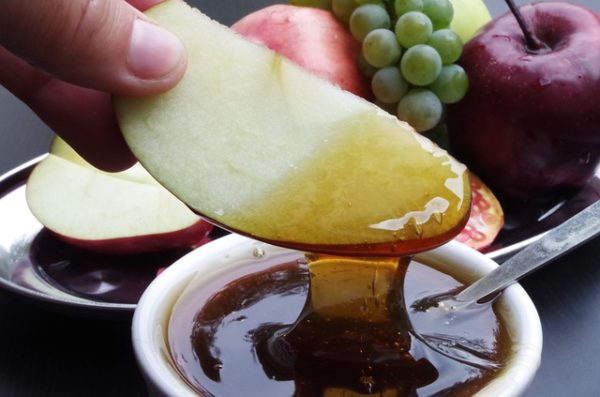
Pomegranate
Pomegranates supposedly have 613 seeds to match the 613 mitzvot in the Torah. I haven’t counted them, but it sounds good, right? The idea is to be as full of good deeds as this fruit is with seeds.
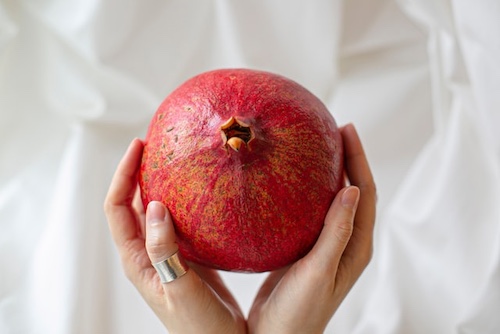
Round Challah
Challah receives a makeover for the High Holidays, traditionally shaped round instead of braided, to symbolize the circle of life and continuity. However, in our family, we always like to try to do both, round and braided. Sometimes we even add raisins.
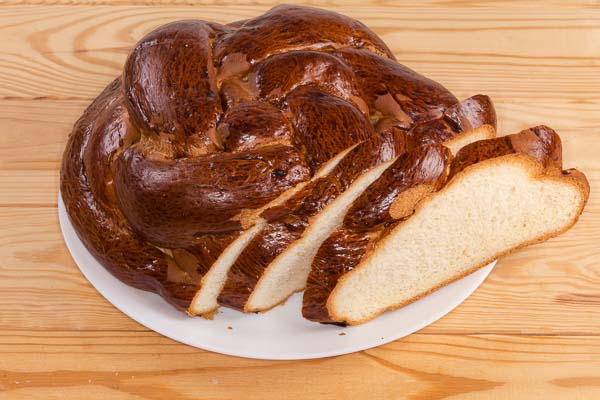
Honey Cake
If apples and honey weren’t enough sugary goodness, we’ve got honey cake. Some love it, some tolerate it, but either way, it’s tradition. It represents the sweetness of life, and the roundness represents the continuous cycle of the year.
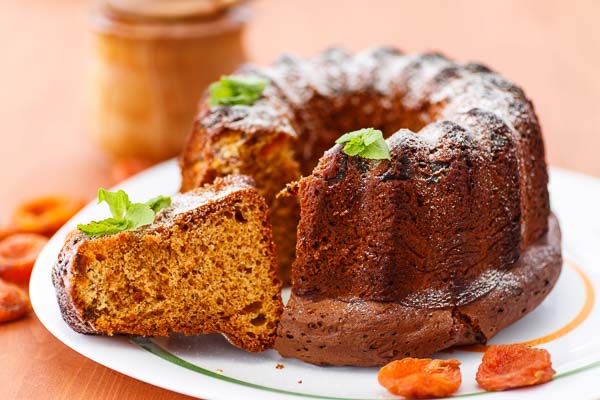
Fish head
Let’s be honest, this one’s not for everyone. The fish head is a symbol of leadership, “to be a head and not a tail.” You put it on the table, say the blessing, and hope your kids don’t scream. Some families use a ram’s head. Some (like ours) skip it altogether and just say the prayer. Either way, the symbolism sticks.
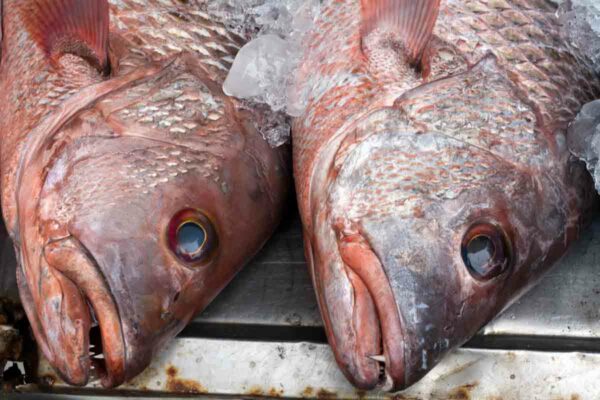
Carrots (Tzimmes optional)
In Yiddish, the word for carrot is ‘mehren’, which sounds similar to ‘merin’, which means prosperity. So, we eat carrots to wish for prosperity and lots of good things. Some of us even stew them into tzimmes, a sweet stew, usually of carrots, sweet potatoes, and prunes.
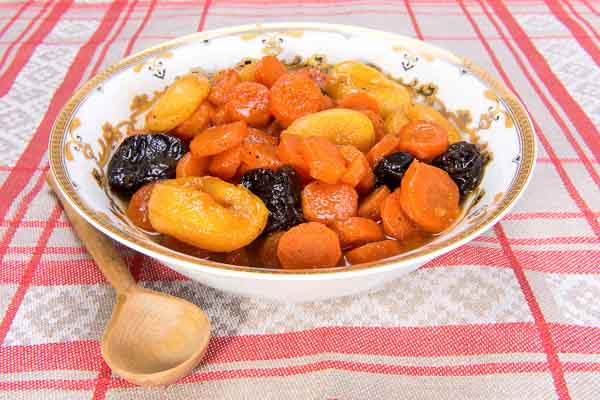
Dates
Sweet and sticky, dates are often included to symbolize ending bitterness and wishing for enemies to, well… vanish. The prayer with dates literally asks for those who wish us harm to be gone.
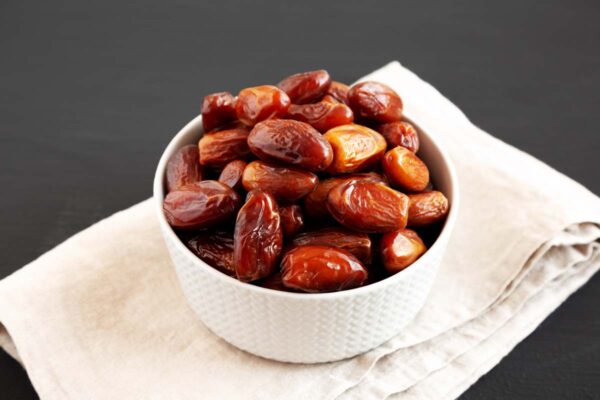
Leeks, beets, and gourds
Each comes with a pun in Hebrew or Aramaic that essentially requests protection or a blessing. More specifically:
- Leeks
The Hebrew word for leek sounds like a different Hebrew word meaning ‘to be cut off’; therefore, their symbolism is that our enemies will be cut off from us or eliminated. - Beets
Similarly, the Hebrew word for beets is like the word meaning “to be removed.” Therefore, the idea is to remove enemies, or simply remove negativity from our lives. We also use beets throughout the year in salads and spreads, steamed, and we even use beets in baking. - Gourds
Because this one in Aramaic sounds like the Hebrew word that means ‘to tear up”, any awful verdict gets ripped up, and God finally notices all the good stuff we did.
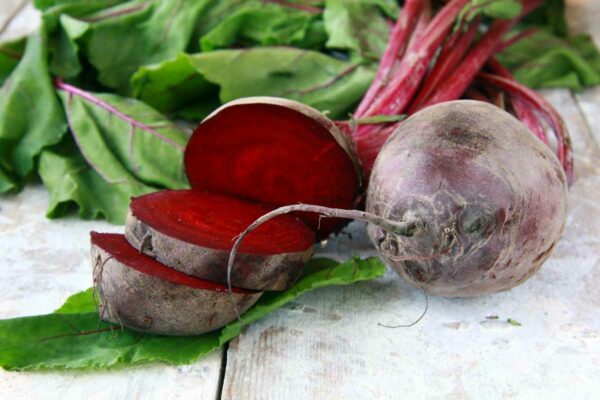
Black-eyed peas
No, not the band. Some Sephardic communities include black-eyed peas as a sign of increasing merit and blessings. Plus, they soak up flavor like nobody’s business. A solid addition to the symbolic spread.
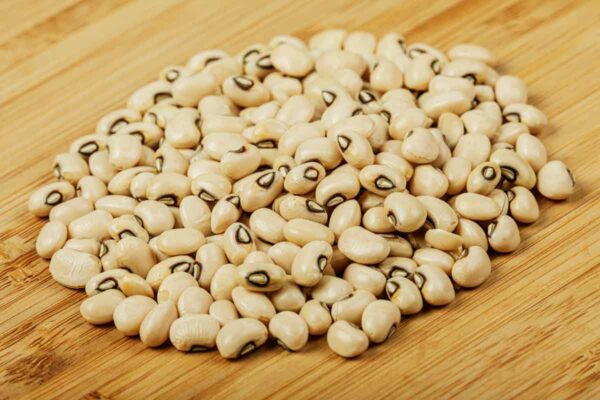
Traditional Rosh Hashanah foods
The remaining options here are traditional Rosh Hashanah foods with very little, if any, symbolism. But since you will see them on your plate, and my goal is to help you understand the Rosh Hashanah food symbolism, it seems only fitting that they are included on this page.
Brisket
Nothing screams Jewish holiday like a slab of meat slow-cooked to perfection. No symbolism here, just tradition.
Brisket’s the anchor of many holiday meals. It’s frequently at the Rosh Hashanah table because tofu doesn’t say Shanah Tovah quite the same way, unless you are a vegetarian or vegan.
At our house, we often substitute homemade corned beef, but that’s neither symbolic nor traditional.
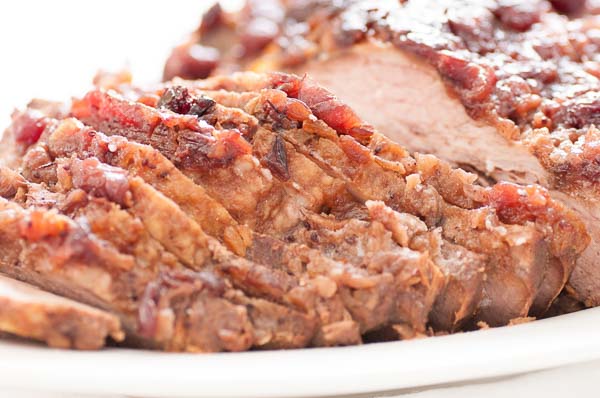
Matzo Ball Soup
It’s not technically a Rosh Hashanah food, but it appears anyway, because Jewish holidays often require soup, and when we don’t have kreplach, matzo balls will suffice.
Also, it uses up that leftover matzo meal, which is probably reaching its expiration soon. And because grandma insists. Finally, we love her fluffy matzo ball soup.
There’s no deep symbolism here, unless you count comfort food as holy. Which we do.
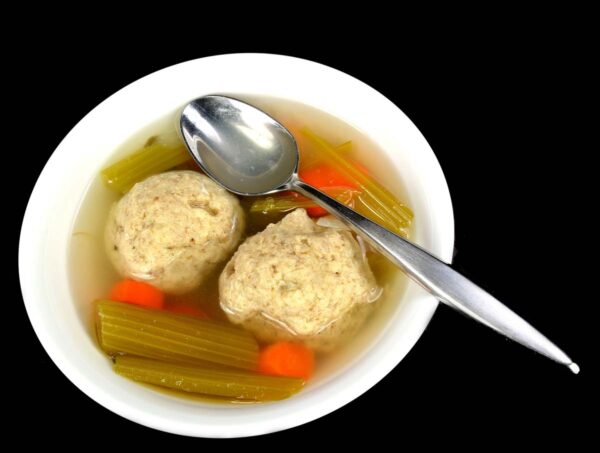
Gefilte Fish
Love it or leave it (most of my family will leave it, but not me), gefilte fish is an Ashkenazi staple. Symbolic? Maybe not officially, but it ends up on a lot of tables. Just don’t forget the horseradish. You’ll need it.
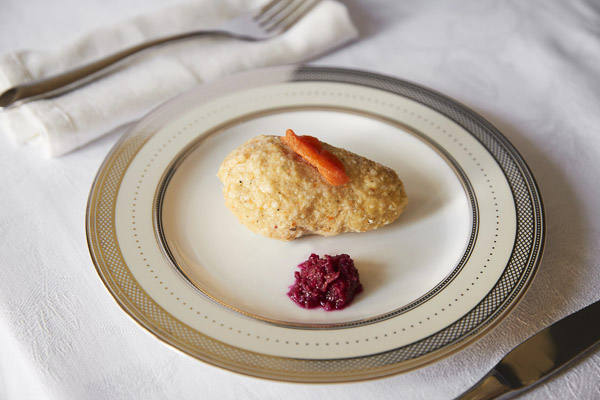
How many of these Rosh Hashanah food traditions are new to you?
You might also like (note that some recipes recommended here contain gluten as they are featured for the holiday). . .
Photo Credits
Photos on this page are either shot by our team and watermarked as such, in the public domain, or some stock photos were supplied by DepositPhotos.
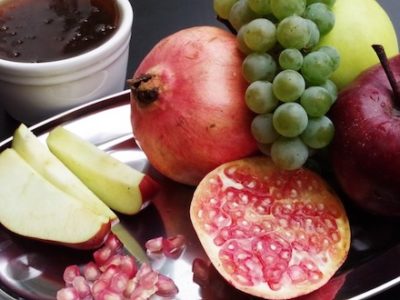
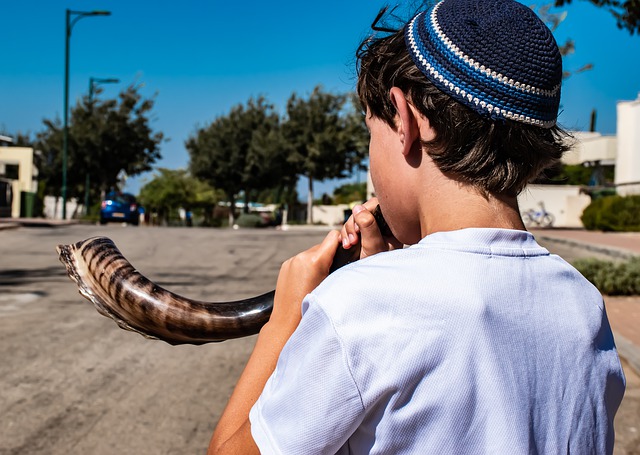
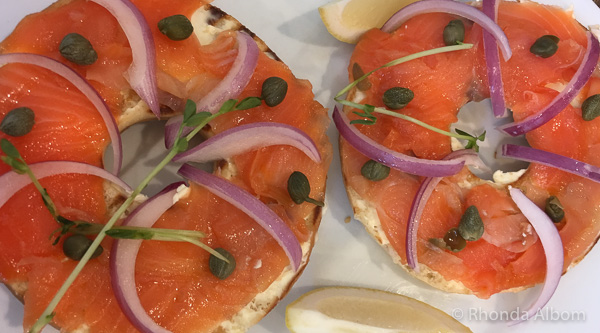
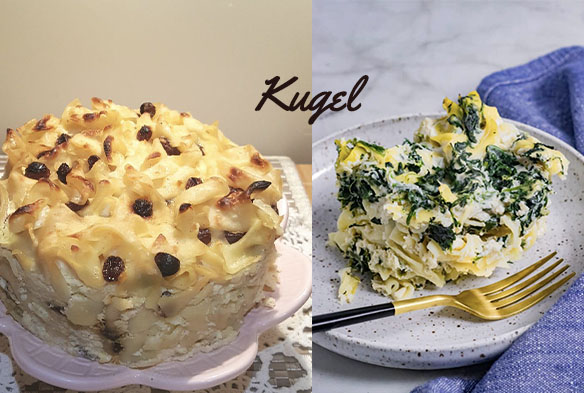
Leave a Reply